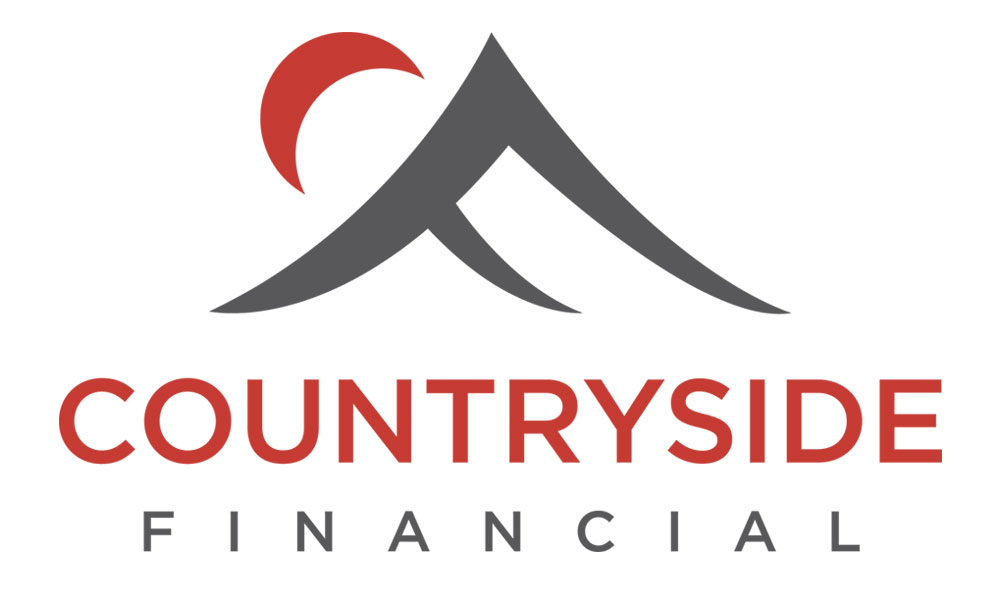Generating Investment Returns
During my ongoing weekly discussions with clients, we occasionally get questions from individuals about their approach to investing – particularly in terms of fees and value.
The questions are usually focused on the cost of accessing investment advice, or the cost of buying specific investment vehicles such as mutual funds, Index funds, etc. With the rise of electronic trading platforms for smartphones and so on, I am also hearing questions about the technology related to buying, selling, and monitoring investments.
The “trap” with “new” technology is the lack of clear focus on the process of constructing and monitoring a complete portfolio (RRSP, TFSA, Open investments) as opposed to just monitoring individual holdings.
The concern is that, in a decade from now, new investors may have paid low or no fees but likely actually achieved very poor returns. This is not a prediction but an observation on the study of behavioural economics and experience.
The other concern is that a generation of younger investors may avoid owning equity investments because they focused on short term events (volatility & market corrections) rather than on long term realities – the growth potential of the overall economy over time.
What is “investing?” It is simply the purchase of an ownership interest in a public company (via a mutual fund or segregated fund) which entitles investors to share in profits generated on an annual basis. Professional investment managers spend all their time researching and selecting the right companies with the best long-term prospects for growth – at rates above inflation and interest rates.
This is what Warren Buffett refers to when he says: “In the long run the stock market is a counting machine (of your growing wealth) but in the short term the stock market is a voting machine (driven by investor emotions).”
The opposite of “Investing” is “Trading” which is any system based on price movement or momentum. Inexperienced investors often buy investments near a “top” when something looks like a “sure thing” – after it has already risen dramatically. One only need to examine the money flows into technology mutual funds in late 1999 – only a few months before Nasdaq famously crashed, or the recent crypto currency crash!
The real question investors should ask is “how to generate investment re-turns?” You cannot buy an 8% compounded return. Investment returns are a by-product of process. Which means the method of creating and maintaining a portfolio is VERY important to the outcomes.
There are various approaches to selecting investments and creating a portfolio. You can use a growth, value, or momentum or some combination of these investment styles. These styles always involve assessing potential profits over time.
There is also the option of adding in various analysis screens (top-down macro, contrarian, etc.) to the mix.
The key to long term financial success is, that, whatever portfolio management strategy you apply, you are consistent over time. Investment returns happen over time and over numerous business cycles. “Trading” based primarily on short term trends seldom produces long term financial gains! Patience is your friend.
In summary:
1. What disciplined investment process are you using?
2. Are you an investor or a trader?
Call my office today for a review of your overall portfolio and how everything ties together into your long-term asset building and preservation strategies.
Robert Hughes,
P. Eng., CFSB, CFP, CPCA


























